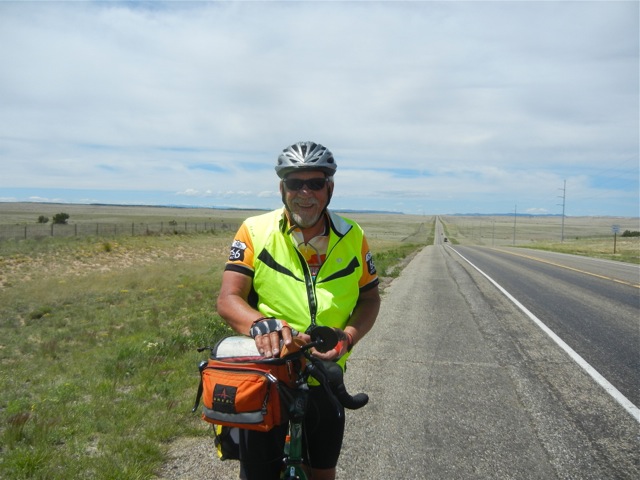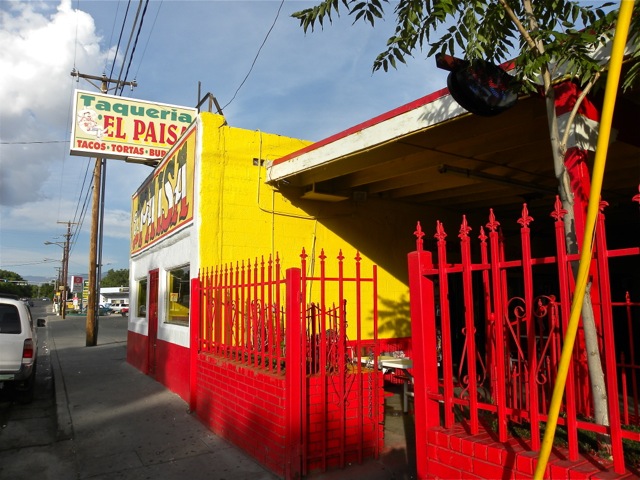11TH ST. & MAIN, ROSWELL—Sometimes it’s hard to find a place to visit where there actually is something for everybody. Roswell is just such a place. What excites the kid inside all of us more than little green spacemen crash landing here on earth?
Once, on a train from Chicago to Albuquerque, my wife and I were eating in the dining car with a middle-aged couple from New York. The man said, “Boy, I wish this train were going to Roswell!”
Tourism directors take note: A good story sells more newspapers than facts. And yes, the little green guy that popped out of his flying saucer just outside of town is the first …uh, person… to come to mind when someone says “Roswell.”
And that is how it is. But if you come here, he won’t be the last. If you truly are interested in science and space travel, consider visiting the RMAC.
The RMAC, the Roswell Museum & Art Center, is home to a recreation of the workshop of Robert H. Goddard. Goddard’s reputation in the field of space travel is beyond anything in fiction.
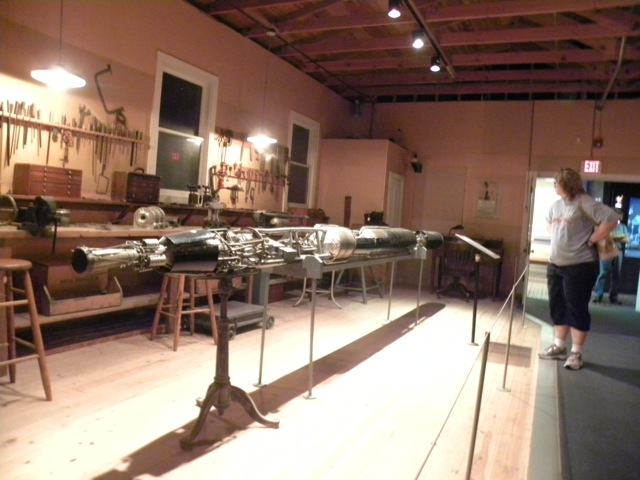
He is sometimes called the Father of Modern Rocketry because he holds 214 patents dealing with rockets and propulsion. He realized that the only way to get enough thrust for space travel was to use liquid propellants: two fuels that would have to be mixed inside the rocket and that this volatile mixture would have to be a kind of controlled explosion to get the force necessary to break the hold of gravity.
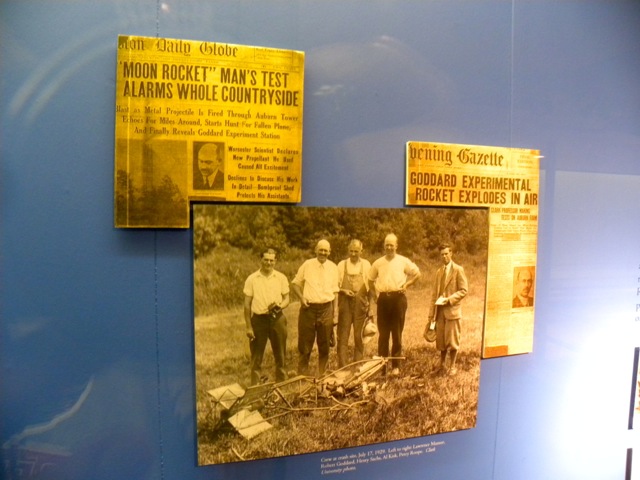
He started his experiments with liquid fuel rockets in 1914, over one hundred years ago! His neighbors in Massachusetts complained that his rockets were setting the woods ablaze. The eastern press ridiculed him when he mentioned in a paper that sending a rocket to the moon was possible.
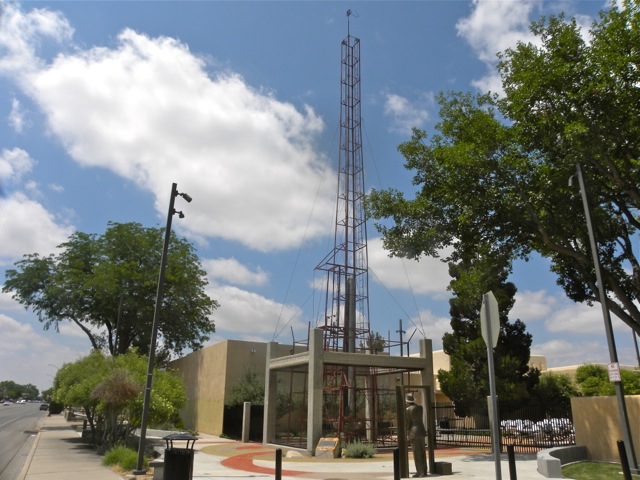
Goddard moved to Roswell in 1930, living in a pueblo revival style home near the corner of East Mescalero and Atkinson. He called this place Mescalero Ranch and his workshop and test station were built adjacent to the house. His launch tower and the test flights were in a place called Eden Valley, about 10 miles out of town.
He died 1945, a few months after Germany’s surrender in World War II. Wernher von Braun, who led as many of Germany’s rocket scientists as possible to the U.S. after the war, was totally surprised that America had paid so little attention to Goddard. He spoke of Goddard’s work as “the most amazing lone-wolf development program in the history of technology.”
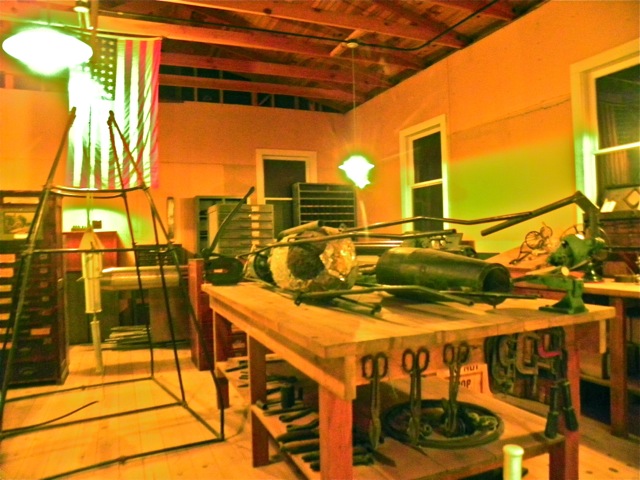
But maybe the truly amazing thing about Goddard’s work is that you can see the workshop where so much of it happened! It was re-created with all the original equipment and materials and has its own wing in the RMAC! No kidding.
Here are some of his patents and contributions as listed on the website of the New Mexico Space Museum in Alamogordo:
-First explored mathematically the practicality of using rocket propulsion to reach high altitudes and even the moon (1912)
-First proved, by actual static test, that a rocket will work in a vacuum, that it needs no air to push against
-First developed and shot a liquid fuel rocket, March 16, 1926
-First shot a scientific payload (barometer and camera) in a rocket flight (1929, Auburn, Massachusetts)
-First used vanes in the rocket motor blast for guidance (1932, New Mexico)
-First developed gyro control apparatus for rocket flight (1932, New Mexico)
-First received U.S. patent in idea of multi-stage rocket (1914)
-First developed pumps suitable for rocket fuels
-First launched successfully a rocket with a motor pivoted on gimbals under the influence of a gyro mechanism (1937)
As I wandered through his workshop at the RMAC I was struck by how it is very much like so many garages back when I was a boy. The tools were pretty commonplace, for the most part.
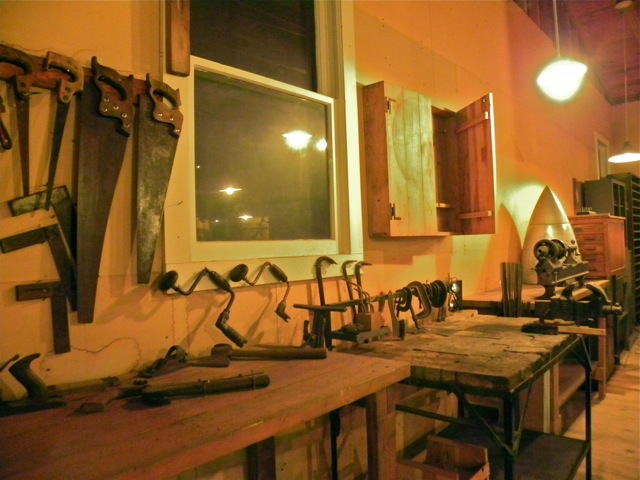
There was a bench with crowbars, hand saws, T-squares, planes, hammers, clamps and a vice. The only difference was that there was the nosecone of a rocket at the far end of the bench.
I saw a workbench with a firebrick top, probably used for working with welded metal.
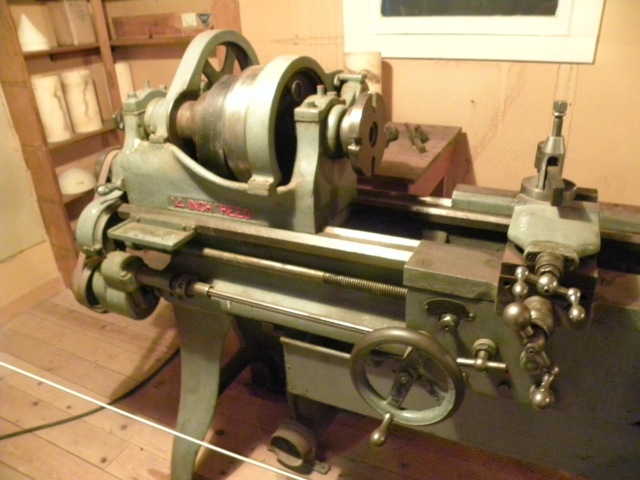
And there was a metal lathe. Metal lathes are showing up in many home workshops these days. Apparently people are getting rid of them and right now they are cheap. Well, for one thing, who has room for one. A neighbor once told me that the metal lathe was the only machine capable of reproduction. I don’t think that is true anymore.
And then there was Robert Goddard’s desk. It’s a small desk, wooden with a wooden swivel chair. Sweet.
Outside, they have moved Goddard’s actual launch tower onto an outside corner of the building next to a statue of Goddard himself. I have seen the photo this statue was taken from. He is looking through a telescope at the dials on gauges near the launch tower. His fingers are on a small panel of switches. He is about to send this rocket into the blue!
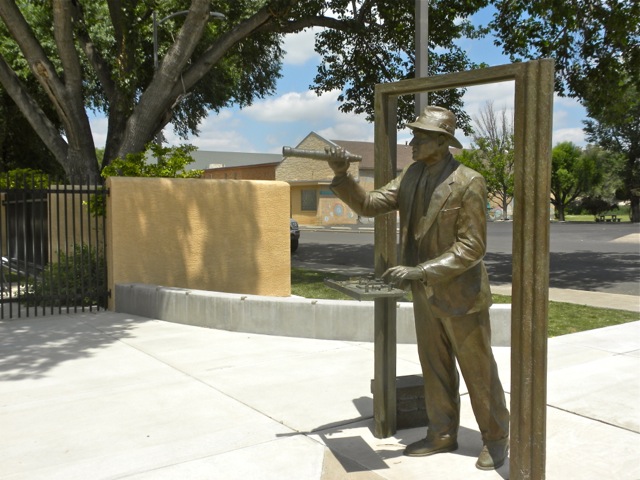
You will enjoy the RMAC. I can guarantee it. I didn’t even talk about the art that is there: Peter Hurd, Henriette Wyeth, Georgia O’Keeffe, Marsden Hartley, etc. But as one grows older, one learns to relax and take things as they come.
I try not to crowd everything together. Right now, I’m headed for the Dairy Queen and an appointment with Mr. Curly Top. Adios.
